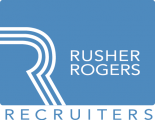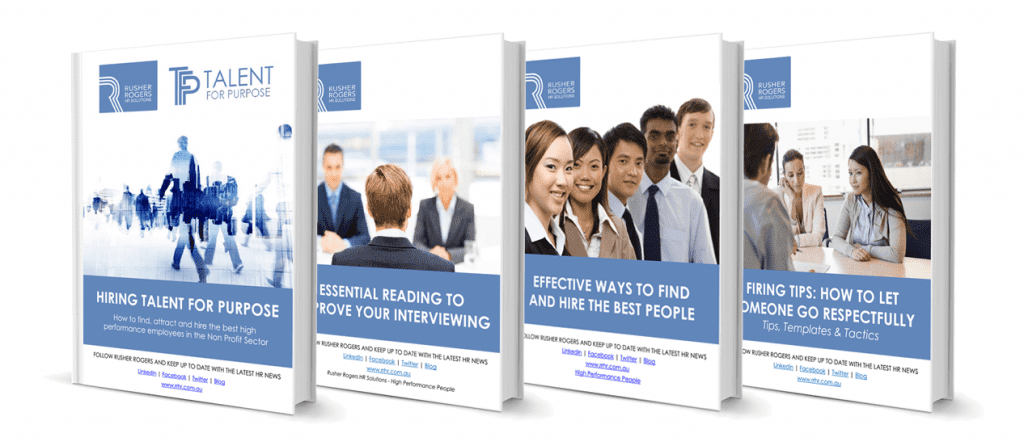RR’ monthly wrap-up report on what’s happening in the world of RR, our clients, our candidates and the recruitment market.

Exponential change was well on the way before COVID accelerated the pace of that change. According to a Mercer’s Global Talent Trends (2019) and the World Economic Forums 2020 report on Global Risk; 73% of leaders predicted significant industry disruption due to technological change and other factors, over the next 3 years, up a significant 26% on 2018. These same reports predicted that 1 in 5 jobs would be replaced by AI, with 42% of core skills required to perform existing jobs set to change in the next two years.

This was before the global impact of COVID really set in.
With two-thirds of Australians now working from home, (Australian Institute of Family Studies (AIFS) Families In Australia Survey – December 2020), technology enabled connectivity as made for an extraordinarily rapid transition from office to home for a white collar workforce. Less so for other industry sectors where an onsite presence is essential to delivery i.e. hospitality, healthcare, distribution, transportation, primary industry, manufacturing etal. Almost all sectors have had to ‘pivot’ and rethink how they can continue to function. Reduced density in the number of employees allowed onsite has impacted output. For those employees WFH, productivity has been at least maintained or improved, hours worked are up but so are stress levels as parents also try to strike a balance between WFH, home schooling and rest & recreation.
One thing is certain; the way we used to work has changed forever.
“The virus has broken through cultural and technological barriers that prevented remote work in the past, setting in motion a structural shift in where work takes place, at least for some people” (McKinsey Global Institute).
Flexible working is here to stay. Research conducted by the Productivity Commission (2021) indicates that three quarters of workers surveyed felt that they were at least as productive WFH than on-site. The most attractive advantage for employees is avoiding a daily commute, saving both time and money. Interestingly though, few prefer full time remote working, favouring at least some time on-site. Working remotely 100% of the time reduces to opportunity to collaborate and network. Incidental conversations with colleagues in passing has been limited to a virtual platform. It’s just not the same over ZOOM.
Employee led demand has forced many organisations to begin setting in place hybrid working models. As a recruiter, if it is not the first question asked by job applicants, it is certainly the second. Those organisations not offering flexible working arrangements may risk missing out on key talent as a result.

Those organisations well aware of this seismic shift have turned their attention to intensifying onsite presence for their employees. They are making attendance on-site more of an event or an occasion. For example, hosting any non-core focused activities that are designed to promote company culture, collaboration and networking. Mini conferences if you like, held on site, to encourage face to face connection for an otherwise remote workforce. No one organisation has the ideal solution as to how we manage this shift in how we work, but plenty are thinking creatively with alternative solutions to help preserve company culture and connection.
Part two (November) examines the shift in skill set that enables a more resilient and differently skilled workforce to thrive working remotely, as well as health, well-being and productivity management.

